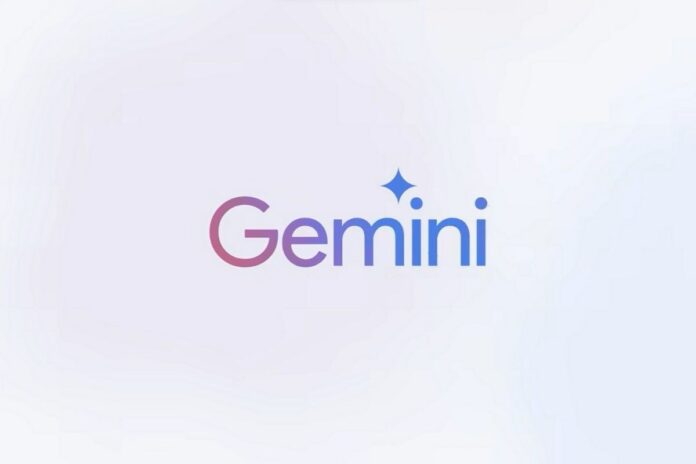We’re living in a time when technology is no longer just about convenience, it’s about creativity, too. Every day, there’s a new tool, app, or update that redefines what we can do with just a few clicks or taps. And one of the most trending developments right now is the rise of photo-to-video AI, an innovation that’s turning still moments into living stories.
Just a few years ago, creating even a short cinematic video required expensive software, editing expertise, and a decent chunk of your time. Now? All you need is a single photo and a sentence or two.
Google’s recent launch of its photo-to-video feature in Gemini, their AI assistant platform, is making waves globally. And it’s not just for tech enthusiasts. Everyday users, content creators, educators, marketers, and hobbyists are all leaning into this new creative frontier.
From Stills to Stories: The AI Revolution in Video Creation

At its core, the new photo-to-video feature in Gemini allows users to upload a static image and, through simple text instructions, convert it into a vivid eight-second video, complete with sound. It’s powered by Veo 3, Google’s advanced video generation model that’s already seen over 40 million videos generated in just seven weeks.
This isn’t just a gimmick or tech demo. People are creating actual content, from transforming selfies into mini music videos to bringing their children’s drawings to life. Others are animating cityscapes, old travel photos, and even abstract sketches.
The interface is simple: select the “Videos” tool, upload a photo, describe the action or scene, and Gemini takes care of the rest. Want your cat lounging on a sofa to suddenly leap into action while birds chirp in the background? Done. Want a painting of a meadow to sway gently in the wind, with the hum of insects in the air? Easy.
What Makes This Update Different?
We’ve seen AI tools that can generate images, create text, and even simulate voices. But video, especially personalized and creative video, has remained a tough challenge, until now.
You don’t need to be a filmmaker or designer. Anyone with an idea and a photo can join in.
The prompt-based input lets users imagine and describe nearly any scene or motion. You drive the narrative.
Including audio creates a deeper level of immersion, something missing in most earlier AI tools.
Once your video is ready, it’s easy to download or share with friends, family, or followers. Great for creators or marketers who want to hop on trending news fast.
Where Can You Use It?
Here’s the exciting part: these short, AI-generated clips aren’t just cool to watch, they’re extremely useful. Whether you’re a creator trying to grab attention on Reels, a marketer looking to humanize a product, or a teacher explaining a concept visually, the applications are endless.
- Social Media Marketing: Elevate static images into attention-grabbing video posts.
- Storytelling: Add a new dimension to personal blogs, memoirs, and digital scrapbooks.
- Education: Bring textbook diagrams or history paintings to life for better engagement.
- Art and Design: Animate drafts, mockups, and even napkin doodles into motion-driven experiences.
The Safety Layer Behind the Magic
With all the excitement, there’s also been thoughtful care on the safety side. Google is rolling this feature out gradually to Google AI Pro and Ultra subscribers across selected countries. Each video carries both a visible and invisible watermark (using SynthID) to signal that it was AI-generated.
Behind the scenes, they’re conducting extensive testing, including “red teaming” a process of intentionally probing for vulnerabilities or misuse, to ensure the tools don’t inadvertently cause harm or spread disinformation.
This is important. As video becomes easier to generate, there’s a fine line between creativity and confusion. It’s encouraging to see that the leading developers are not only focusing on functionality but on ethics too.
Why It Matters in the Bigger Picture
AI isn’t just automating tasks, it’s augmenting our ability to create. We’re not replacing artists or filmmakers. Instead, we’re handing the tools to more people. The fact that someone can animate a family portrait, tell a visual story about their dog, or create a personalized greeting in motion, all with a few prompts, signals a huge shift in who gets to tell stories and how.
It’s no longer about the gear you own or the skills you’ve mastered. It’s about imagination, and that’s a playing field anyone can enter. That’s why this feature is topping trending updates and why it feels like we’re standing at the edge of a whole new genre of storytelling.
Follow Adchronicle for latest updates and trends


